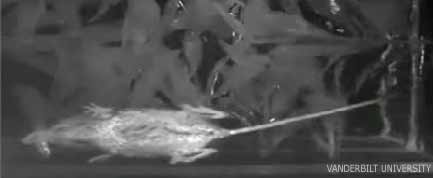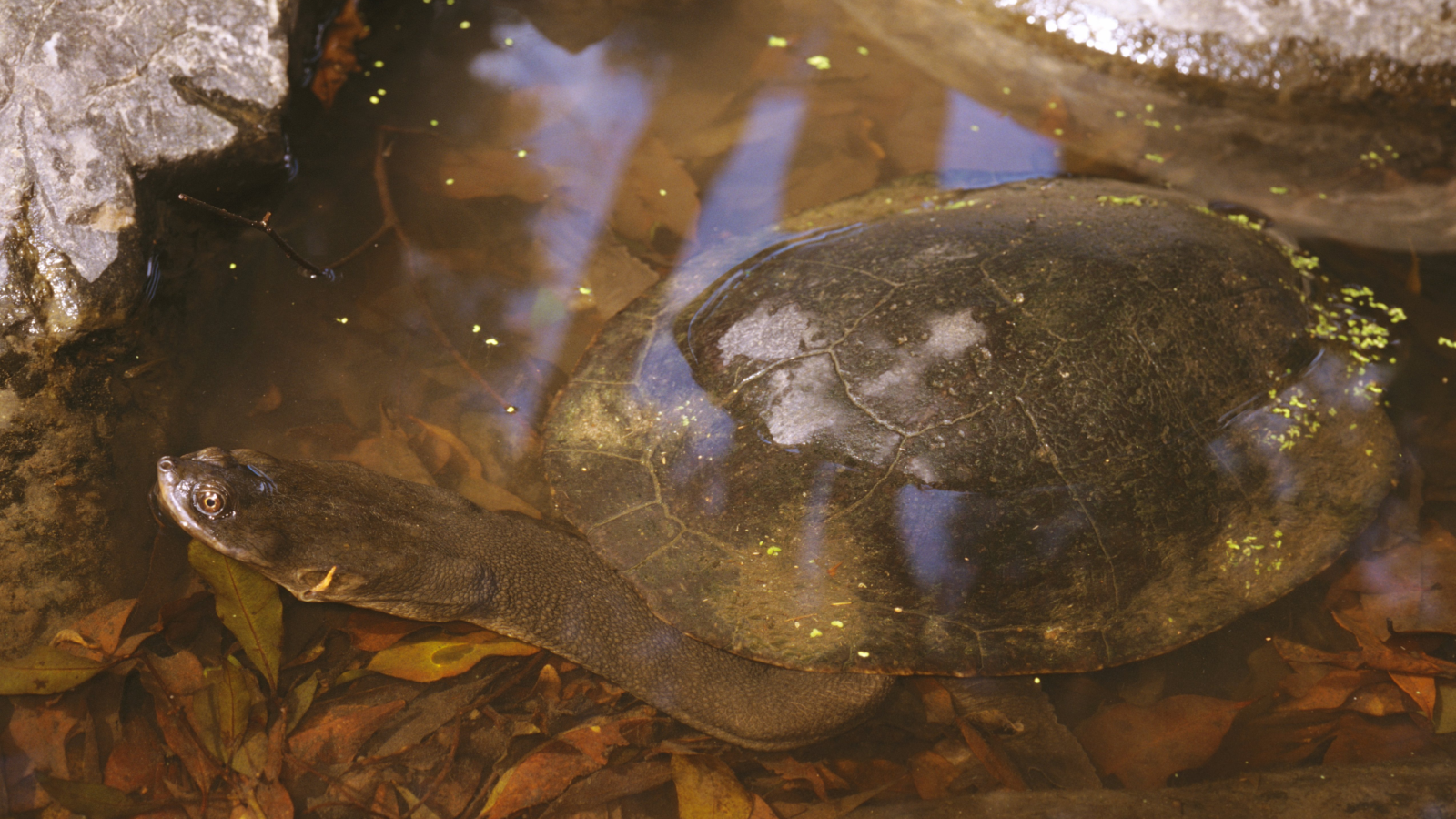Swift Predator's Secrets Revealed

Furry mammals called water shrews are frighteningly efficient hunters despite their mini-mouse size, able to hunt prey day and night equally well.
New high-speed videos show the water shrew relies on water movement, prey shape and smell to nab fish in the blink of an eye at night.
Weighing in at just a half-ounce (15 grams), the American water shrew (Sorex palustris) is considered one of the smallest diving mammals. And with such a high metabolism, the water shrew must eat more than its weight daily and can starve to death in half a day if it can't find food. So, to keep from dropping dead, water shrews have become savvy predators.
Swift predators
Its dining habits include any prey it can overpower, such as their most common snacks— insects — as well as fish. Like other mammals, the water shrew can't breathe underwater and so must make frequent and swift dives to capture fish.
For instance, a water shrew can launch an underwater attack in less than a 50th of a second after detecting a fish, and within a 20th of a second opens its mouth in preparation to take a bite.
But how do the animals fare in the dark when visual cues are nil?
Get the world’s most fascinating discoveries delivered straight to your inbox.
"Water shrews do much of their hunting at night, so I began wondering how they can identify their prey in nearly total darkness," said lead study researcher Kenneth Catania, a biologist at Vanderbilt University in Nashville, Tenn.
To catch a water shrew in predatory action, Catania and University of Manitoba researchers James Hare and Kevin Campbell needed a high-speed infrared video camera. Infrared light is invisible to shrews, so the scientists could watch the animals while "keeping them in the dark."
The high-speed movies showed the tiny animals could catch prey just as quickly and efficiently at night as they do during the day.
Then, the team ran a series of experiments to identify the animal's dark detection methods. In one set-up, Catania's team placed individual water shrews each into a small, glass-bottomed aquarium equipped with several small water jets. The jets turned on and off to mimic disturbances caused by escaping prey. The videos showed the shrews repeatedly attacking the brief, sudden water pulses.
Tools for hunting
In research published in 2006, Catania reported the shrew's ability to literally sniff out the location of underwater prey. He discovered a water shrew follows scent trails underwater by exhaling air bubbles and then re-inhaling them.
From the recent aquarium experiments, he and his colleagues add two additional abilities to the animal's arsenal. In addition to sniffing underwater, the shrews can detect water movements caused when prey animals try to swim away; and they can identify the shape of potential prey using their whiskers.
"This combination of methods poses a serious conundrum for prey," Catania said. "If they freeze, they risk detection from touch or olfaction. But if they try to swim away, they generate water currents that can reveal their location."
The results from the video study are detailed in the Jan. 9 issue of the journal Proceedings of the National Academy of Sciences.
- Video: How a Water Shrew Hunts at Night
- Top 10 Amazing Animal Abilities
- 10 Amazing Things You Didn't Know About Animals
Jeanna Bryner is managing editor of Scientific American. Previously she was editor in chief of Live Science and, prior to that, an editor at Scholastic's Science World magazine. Bryner has an English degree from Salisbury University, a master's degree in biogeochemistry and environmental sciences from the University of Maryland and a graduate science journalism degree from New York University. She has worked as a biologist in Florida, where she monitored wetlands and did field surveys for endangered species, including the gorgeous Florida Scrub Jay. She also received an ocean sciences journalism fellowship from the Woods Hole Oceanographic Institution. She is a firm believer that science is for everyone and that just about everything can be viewed through the lens of science.


